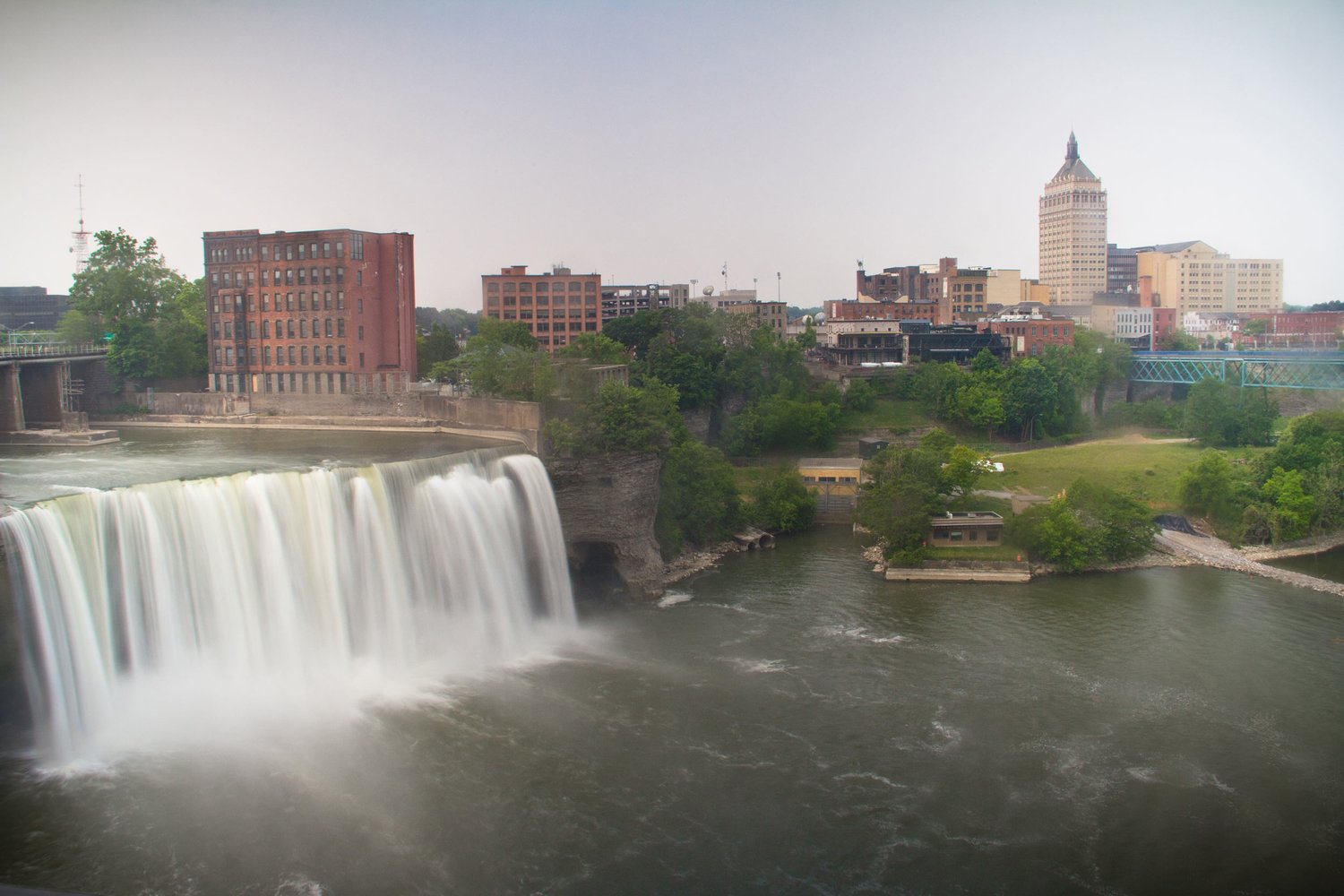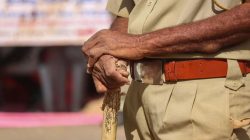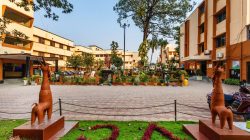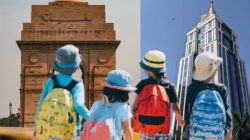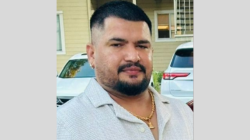A Week of Discovery and Learning in South America
Rochester teacher Matthew Cottone recently embarked on an unforgettable week-long trip to South America, where he engaged in a variety of unique activities that combined education, environmental conservation, and hands-on learning. From creating Portuguese pasta to tagging local wildlife and replanting trees in the Atlantic Forest along Brazil’s east coast, Cottone’s experience was both diverse and enriching.
Cottone was selected for a fellowship through Earthwatch, a non-profit organization that has been promoting sustainable environments since its founding in 1971. Earthwatch connects people worldwide with scientific field research and education, offering opportunities for individuals to contribute to important environmental studies.
As a 6th-grade social studies teacher at Van Hoosen Middle School in Rochester Hills, Cottone was not originally a science teacher. However, during his time in South America, he found himself deeply involved in scientific work. “The most surprising piece was how meticulous we had to be when capturing animals and getting data from them,” he shared. “It really was hands-on work that required no computers in the field.”
Cottone and eight other teachers from across the country stayed at a compound called Regura in the Atlantic Forest. There, they assisted scientists with various tasks such as baiting traps, tagging animals, helping in the nursery, replanting trees, and gathering data on past reforestation efforts.
One of the key activities involved using different types of traps and baits to lure small animals like mice, possums, and marsupials. Cottone described the process in his journal: “In addition to learning about traps, we also created two different types of bait. The first of which was lovingly called a ‘pasta.’ We unpeeled bananas, mixed in oats with some chopped meat and put it all together. The other bait consisted of finely chopped up meat. We would check our 180 traps each day to see what small mammal we caught and we had great success.”
After a day filled with hiking and other tasks, the group had some free time to explore their surroundings. Scientists and teachers helped monitor the success of reforestation efforts by processing seeds, weeding, or sorting seeds by species. These were just a few of the many tasks Cottone performed during his trip.
Surrounded by nature at the Regura compound, Cottone and his group spent limited free time doing extra hikes to spot and photograph the numerous capybaras, cayman crocodiles, and rare tapirs. They also kept an eye out for the property’s elusive 24 pumas. “It was a unique, inspiring, and fulfilling experience I can’t wait to bring back to the kids,” Cottone said.
Cottone is eager to share his experiences with his students. He plans to simulate the techniques used during the trip in the classroom by having kids make the “pasta” themselves, practice tagging on a stuffed animal, and record the data. He also intends to show them all the pictures, videos, and stories from his journey.
Before leaving South America, Cottone had the chance to visit one of the world’s great wonders—Christ the Redeemer in Rio de Janeiro. “As a few of us waited for our flight, we had enough time to visit a wonder of the world, Christ the Redeemer. It was absolutely stunning,” he said. “It sat atop a mountain overlooking all of Rio de Janeiro. Absolutely a fantastic experience and I recommend any teacher apply.”

